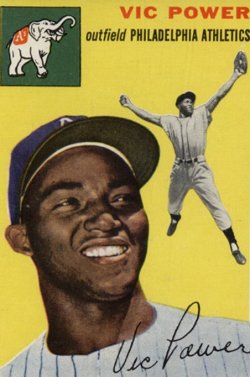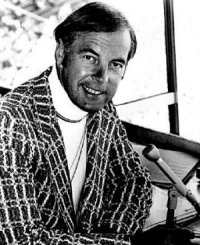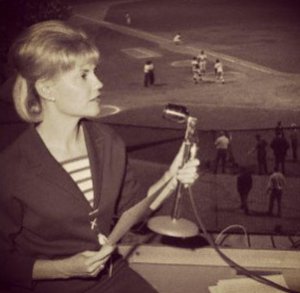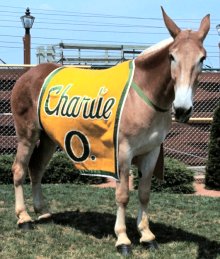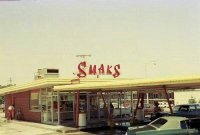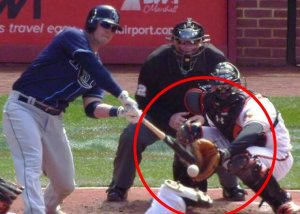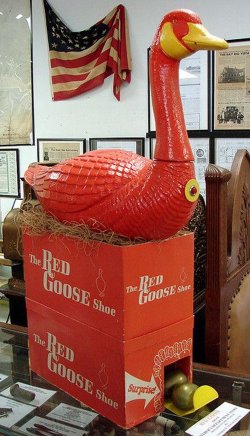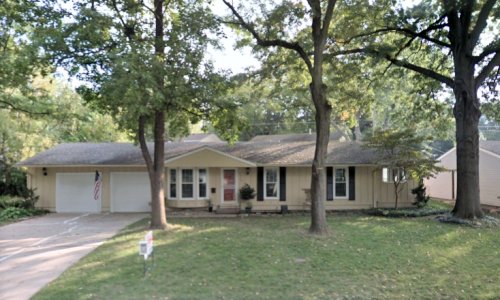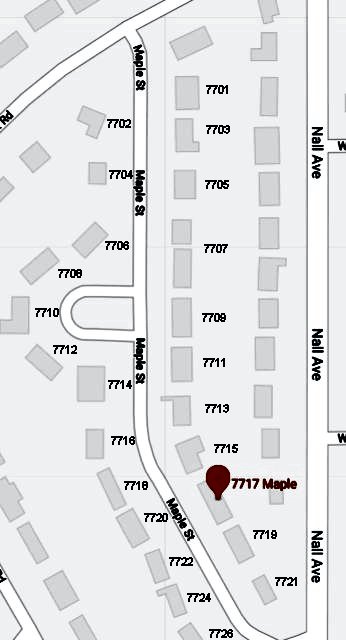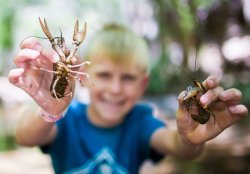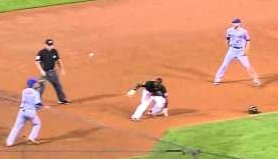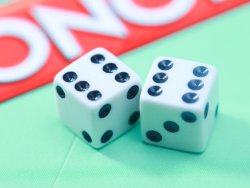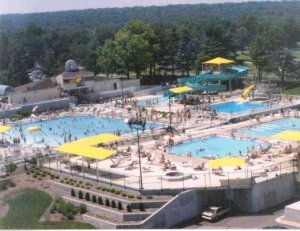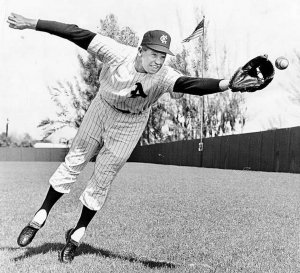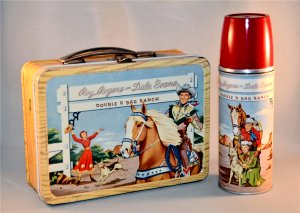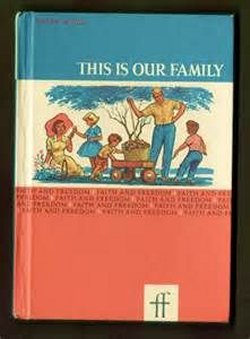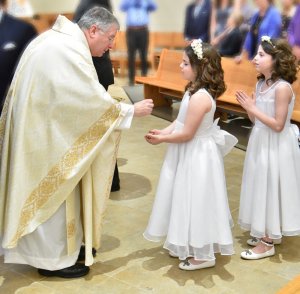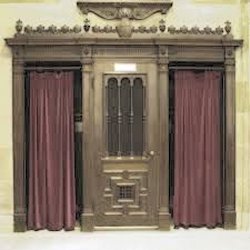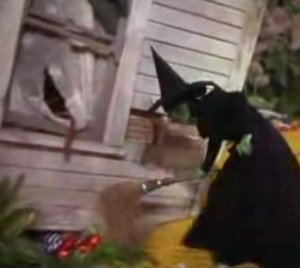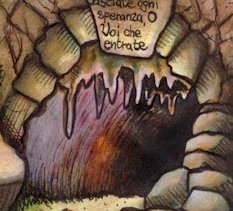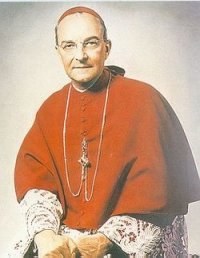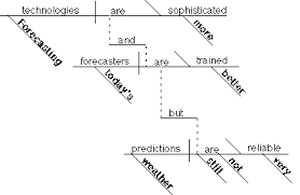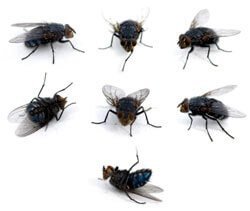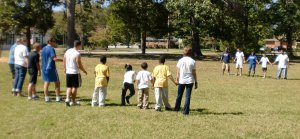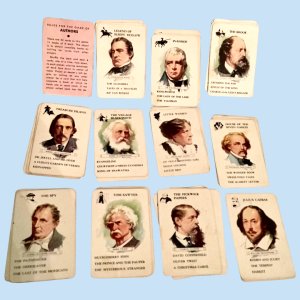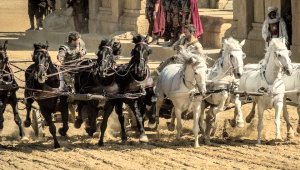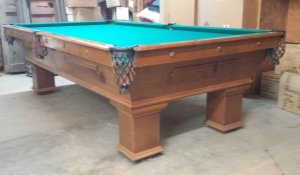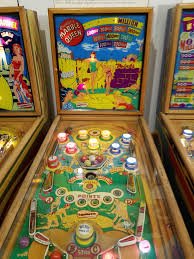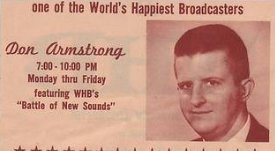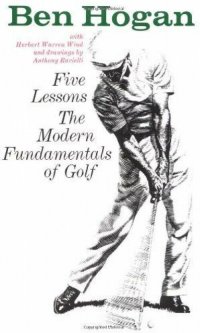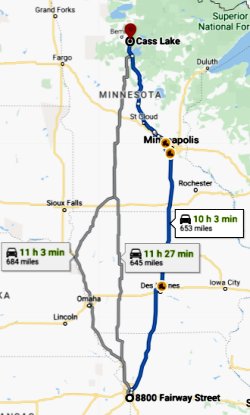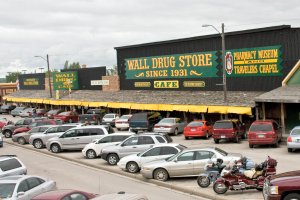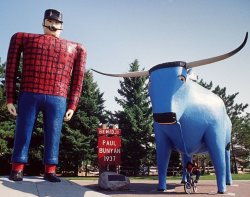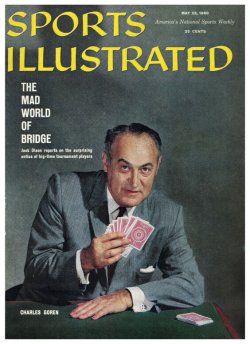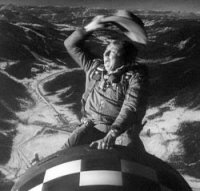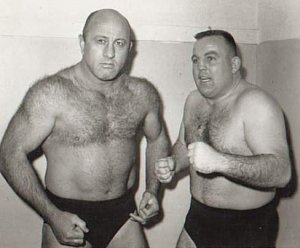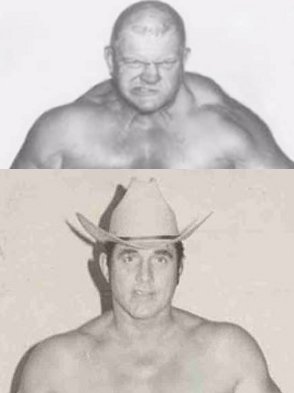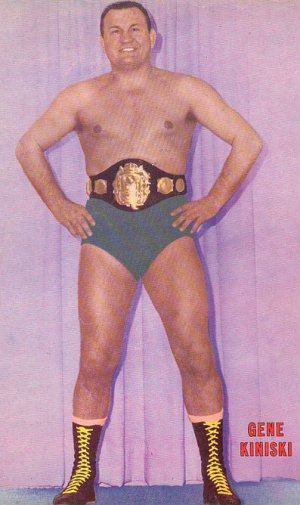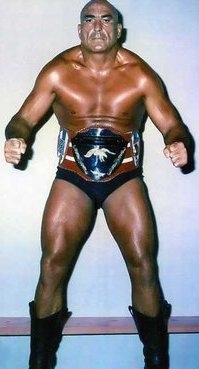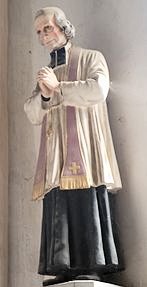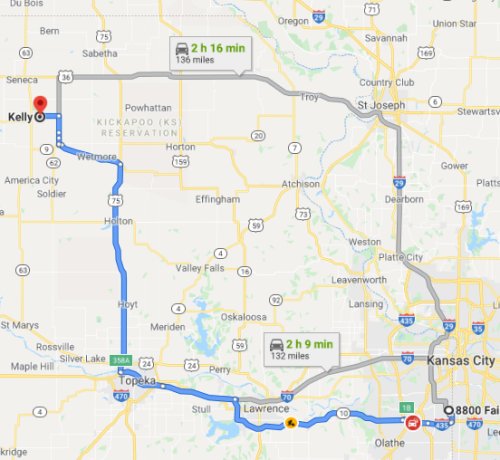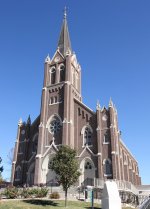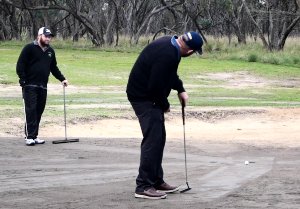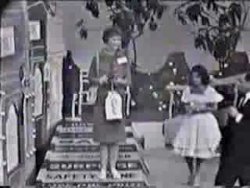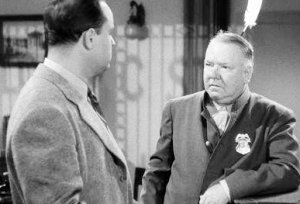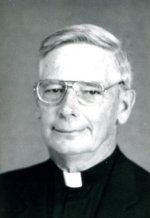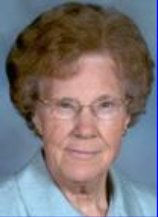Small-time ball in a big-league town. Continue reading
Kansas City officially became a big-league town in 1955, when the laughingstock of the American League, the Philadelphia A’s, moved to Kansas City. Arnold Johnson, the owner of Yankee Stadium, had been allowed to purchase the club from the long-time owner of the A’s, Connie Mack. If this seems bizarre, remember that major league baseball is not subject to any antitrust laws. Johnson intended to move the franchise west. He chose the town in which he already owned the stadium, Kansas City.
The people in KC were definitely ready. In the first year the team drew an impressive 1,393,054 fans, more than they ever had in Philadelphia. The team was very bad when it arrived, and over the years it got even worse as Johnson made one deplorable trade after another, mostly with the Yankees. The 1961 world champion Yankees, considered by many to be the most dominant team ever, boasted ten former A’s, including two-time MVP Roger Maris.
The A’s played in Municipal Stadium, the same stadium that had hosted the top Yankee minor-league team, the Blues. My dad had seen Mickey Mantle play there. The parking situation was bad, but no worse than at Fenway. By the time that the team left, the neighborhood was not too good.
My dad took me to games every year, or at least nearly every year. When the team arrived, my favorite player was a Puerto Rican named Victor Pellot, who played under the name of Vic Power. He was the A’s first All-Star, unquestionably the best fielder in the league, and a decent hitter as well. I loved the way that he passed the bat from one hand to the other while waiting for the pitch. The A’s ended up trading him to Cleveland to acquire Maris.
When we went to the games, I always bought a program and kept score for both teams. We really got our money’s worth at my very first games, April 23, 1955. The Chicago White Sox edged out the home team 29-6. The gory details are here. At least I got to see Vic Power hit a dinger.
In later years I liked to follow Norm Siebern, Bob Cerv, and Harry “Suitcase” Simpson until they too were traded away.
My dad listened to the A’s games on his transistor radio while he was watering the front lawn on summer evenings. He really despised the team’s announcer Monte Moore, who would never say anything bad about the management. As year after year of frustration mounted, all of Moore’s optimistic talk became almost unbearable for dad. Everybody in KC thought that Arnold Johnson was crooked. If you don’t think so, you should read this list of his transactions with the Yankees.
For the last fifteen games of the disastrous 1964 season Charlie Finley, who had putchased the club after Arnold Johnson died in 1960, hired Betty Caywood to attempt to attract ladies to Moore’s broadcasts. It is definitely wrong to think of her as a dumb blonde. She had a masters degree from Northwestern. However, she had one big problem, which she admitted to her boss, “Charlie, I don’t know the first thing about baseball.”
The A’s stayed in KC for thirteen seasons. They never had a winning record. The worst year was 1964, when they were an appalling 57-105. Their best effort was just two years later, when they finished only twelve games under .500. In their last year in KC, 1967, however, they finished last in the American League. By then Finley was sponsoring all kinds of stupid enticements to try to get people to come to the games—absolutely anything to distract from the team’s abysmal performance.
Over the course of thirteen seasons the A’s tried nine different managers. I don’t think that their primary roblem was the manager.
The most frustrating thing for the long-suffering fans of Kansas City was that by the time that the A’s departed for Oakland in their Kelly green and Finley gold clown suits, the team had amassed a very impressive stable of young players. How could a team that had Reggie Jackson, Rick Munday, Sal Bando, Vida Blue, Bluemoon Odom, Rollie Fingers, Campy Campaneris, and Catfish Hunter have been so awful?
3&2: When I was growing up in suburban Johnson County, KS, there was no Little League. Is that surprising? Well guess what, we did not have McDonald’s either, and no one cared. Just as the local chain Smaks provided people in the KC area with low-priced hamburgers, 3&2 baseball in Johnson County took the place of Little League. The kids in my neck of the woods were (and still are) more than satisfied with 3&2.
The organization, which is now called the 3&2 Baseball Club of Johnson County1, provided an opportunity for young people at all levels to play hardball (with bats made of wood!) in a well-organized and supervised situation. They now even have teams for pre-kindergaten youngsters! My precocious nephew Joey Lisella, who carried a bat around with him on his fourth birthday, would have loved it!
As many games as possible were played at Segner Field, a complex that included a handful of fields complete with lights, grandstands, dugouts, and refreshment stands. I considered this place paradise. I fell in love with it at first site. I could think of nothing that could possibly match the thrill of playing there, and I was right!
My baseball career did not get off to a great start. I began at the lowest level, Midget C. I think that this was after fourth grade, which would be 1958, but I may be off by a year. My team was sponsored by Sunflower Drugs, a local store that still had a soda fountain counter large enough to serve our whole team at once. Midget C teams dressed in ball caps, blue jeans, sneakers, and tee shirts. Our shirts were red and white, with our sponsor’s name prominently displayed.
I suspect that I was allowed onto the team because of the influence of Mr. Wood, who was, I think, one of the coaches. I was a good fielder and one of the fastest runners. However, my arm was weak, and my hitting left a lot to be desired.
We had a good team. We won most of our games. Whenever we prevailed we were transported to Sunflower Drugs to get free ice-cold cherry cokes. We often were ahead by substantial amounts, which let the coach put me in to play. We did not win our league. My recollection is that we lost to the winners because they bunted us to death.
I think that we played at Segner once or twice. Most of our games were at fields at nearby schools. We practiced at Tomahawk School.
One time near the end of the season our team’s entire practice was devoted to a fielding contest. Nine guys took the field. A coach hit ground balls and fly balls. You had to leave the field for a time if you made an error. I stayed on the field longer than anyone else. This was probably the highlight of my season.
In the games that I got to play in I did OK in the field, but I was atrocious in the batter’s box. I actually batted .000. I did get on base a few times with walks, and I even scored a run or two. On every other occasion (except two) I struck out. I never even hit a foul ball.
The first exception was the time that I reached first because of catcher’s interference. When I swung at a pitch my bat grazed the catcher’s mitt. I thought that I had accidentally done something illegal and dangerous, but the umpire firmly told me to take first base, which I gladly did. Who says that you can’t steal first?
After the coaches explained the rule to me, I could not help myself from thinking that the catcher’s mitt just a few feet behind me would be a lot easier to hit than most of those pitches. Nevertheless, I did not try to do it again. I was a Boy Scout and an altar boy, remember.
The other exception was my very last at-bat in that red and white tee shirt. I actually hit a weak fly ball over the first baseman’s head. Unfortunately he had time to take a couple of steps back. He then reached up and caught it. Nevertheless, I was thrilled that I finally had a chance to sprint down the first base line after making contact.
I tried out for Sunflower Drugs the next year, but I did not make the team. I thought that my ignominious baseball career was over, but my parents told me that other teams needed players. I ended up playing with some guys from QHRS on another Midget C team, Bauman’s Red Goose Shoes. You might think that our tee shirts would be at least partially red, but they were actually green and yellow.
By this time I had a season of experience under my belt and a pair of glasses in front of my very myopic eyes. I was just an average player on an average team, but at least I was not a laughingstock at the plate. I got my share of hits, but nothing exciting. I played every position except pitcher and catcher. My favorite positions were first base and second base because neither required a strong arm.
If you are wondering if our sponsor provided treats for us at the shoe store, the answer is no. No cherry Cokes, no free shoes, nothing. In baseball parlance, a goose egg.
In my third and last year I played for the Prairie Village Optimists Club. This was a Midget B team, which meant that we had real baseball uniforms with bloused pants, long socks, and cleats. We would also be playing more of our games at Segner Field.
I started almost every game even though I was not in the official starting lineup. My family did not take on a vacation that summer, but many of the other players did. I played seven positions again, mostly replacing whoever was on vacation at that time.
Our team had was peculiar in one regard. We had two starting pitchers. One of them was probably the best in our league. He was actually too old to play in Midget B, but because he had polio when he was younger, he was granted an extra year of eligibility. Whenever he pitched, we were at least in the game. The problem was that he was totally undependable. The manager, Mr. O’Neil, never knew if he would show up or not.
Our other pitcher was Mr. O’Neil’s son. He could throw strikes, but his velocity was not great, and he had no “stuff”. It was only one step up from batting practice.
With only a game or two remaining we faced the only undefeated team, Bill Cook’s Standard. Our shortstop was on vacation, and I replaced him. I could field grounders well enough, but if I had to move in either direction, the throw to finrst was difficult for me. To avoid putting my rag arm on display, we dispensed with fielding grounders between innings. Instead we just lobbed the ball around around the infield.
Our good pitcher took the mound, and he had a great day. With a couple of innings to play, neither side had scored. I had hardly been tested at shortstop, and I was the lead-off hitter when we took our cuts. I don’t remember to which field I hit the ball, but I got all the way to third base. I never hit a home run in 3&2; this was my best hit ever. I was so psyched.
The guy batting behind me then struck out. The batter after him popped up to an infielder. If either of them had even hit a ground ball, I was primed to race toward home.
Now, however, there were two outs, and I was still stuck on third. I decided to follow the advice of Egbert Sousé and take a chance while I was young. I broke for home on the first pitch. I was hoping for a passed ball or wild pitch, but I was prepared for a hot box. The catcher caught the pitch cleanly. He made a move toward me and then—a moment too soon—he threw the ball past me to the third baseman. I had not yet committed to going back to third. I put on a burst toward the plate, got past the catcher and scored before he could grab the throw back from the third baseman and tag me. We were up 1-0. Incidentally, the next batter made an out. My gamble was a good one, better than Og Oggilby’s.
The other team also scored in their half of the inning. We got two runs in the next inning to take the lead back 3-1. Our pitcher got tired in the last inning. I don’t remember the details, but they somehow had the bases loaded with two out. The batter hit a pop fly into short left field. I raced back as fast as I could. I thrust out my left hand and I nabbed the ball on the far end of my glove’s webbing. The ball looked like a scoop of vanilla ice cream on a cone.
Just then my parents were arriving at the field to take me home. They missed seeing my catch, but they arrived just in time to see my teammates literally carrying me off the field on their shoulders. I have had a few great moments in my life. I am not sure that any topped this one.
1. Johnson County abuts KC KS on the north and KC MO on the east. It now boasts a population of over 600,000—20 percent more than KC MO and five times the size of Hartford.



